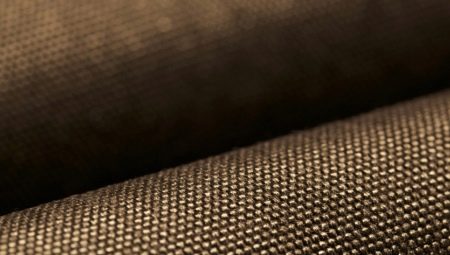Everyone who is used to living actively and relaxing in nature is familiar with the name of Cordura. It is a durable high-tech synthetic fabric. The certified Cordura nylon with a half-century history has earned a lot of enthusiastic ratings for its properties. This led not only to great popularity, but also to the appearance of analogues and even fakes.
In order not to be disappointed in the quality of real fabric, you need to be able to distinguish it from counterfeit.
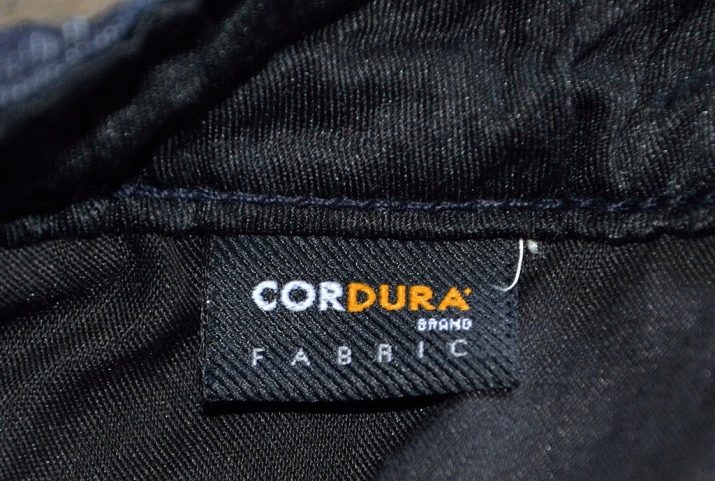
What it is?
Cordura is a heavy strong fabric invented by American scientists in 1935. Chemists at DuPont Textiles & Interiors managed to create a polyamide (nylon) fabric of threads with a particularly strong structure.
Initially, nylon was created from water, ethyl alcohol, coal tar under the influence of temperature. Silk-like synthetics were named NYlon after the city of New York. Based on the new matter, the developers invented a more durable modification of the synthetic fiber - Cordura. Its description differs from ordinary nylon in the structure technology (finely chopped and tightly twisted fibers). The thread with four times the strength was patented by the manufacturer. Subsequently, the Invista concern received a development license. Today, this concern owns all rights to Cordura material.
TM Cordura products were originally intended for uniforms of soldiers of the American army. However, its properties were also appreciated in civilian life, having found successful application in many areas of life.
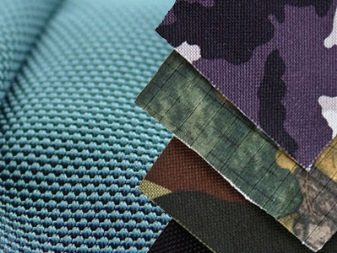

Due to the unique weaving structure, Cordura yarn is four times stronger than polyamide fiber. Accordingly, the fabric from it is more durable and resistant to wear.Cordura melting point 210 degrees. This is a unique material with 10% cotton fibers. It gives tactile softness to strong matter, making it more pleasant to the touch. Cordura receives water-repellent properties after treatment with special impregnation in several stages. As a result, the wear-resistant fabric with a short pile does not peel off during prolonged and active use.
During the production of matter, the fibers are tested for strength under tight control. Not even the smallest deviations in the structure of the threads are allowed, which can adversely affect the quality of the finished fabric.
The material is made with various textures, including gloss and fleece. The range of colors is also not limited to shades of camouflage.
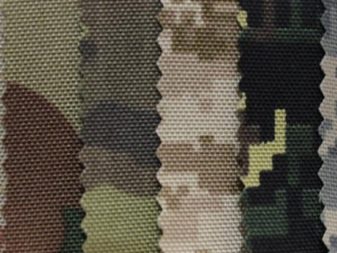
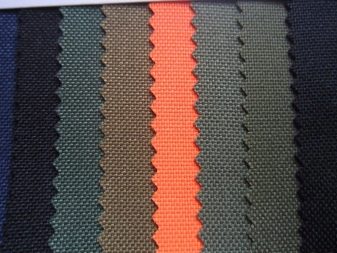
Advantages and disadvantages
All Invista Cordura Fabric textures combine unique properties:
- in comparison with analogues, the level of tensile strength is exceeded by 4 times;
- amazing durability, withstanding Stoll test 7600 rpm and more sandpaper;
- non-combustible, t melting above 200 ° C;
- waterproof - testing demonstrates resistance to getting wet at 5000 mm of water;
- excellent vapor and air permeability;
- long term of active operation.
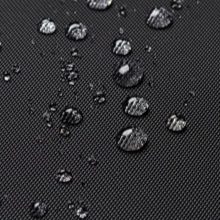
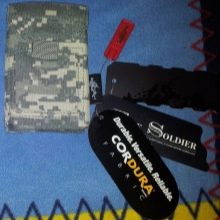

An objective examination and assessment of the qualitative characteristics of cordura matter draws the attention of consumers to a number of features interpreted as its shortcomings:
- demonstrates rigidity at low temperatures;
- when driving and mechanical operation in the cold makes a noise;
- subject to the negative effects of UV rays;
- after severe wetting, dries for a long time (rare situations).
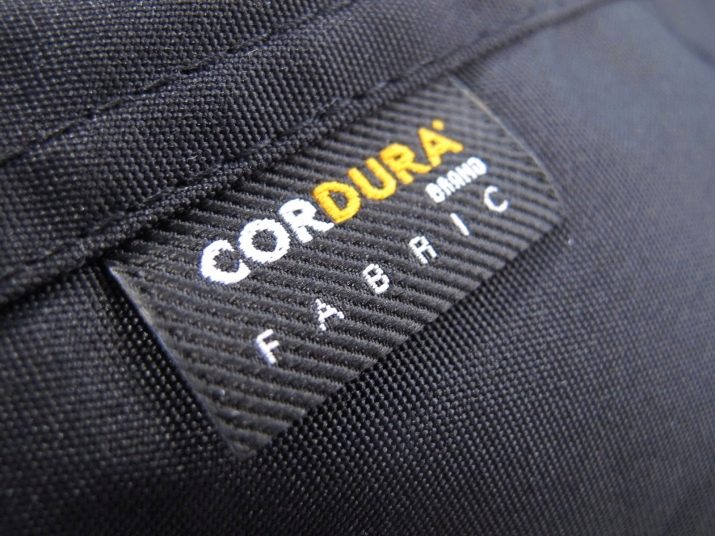
Types and their characteristics
In order to endow matter with new properties, others are added to its fibers during the manufacturing process. Thus, many derived varieties of cordura have been created. Non-toned fabric with various prints or in monochrome version is produced. The classification is represented by several types.
Cordura 1000-140-T 440 - is a classic source for all derivatives. The density of this modification is 1000d.

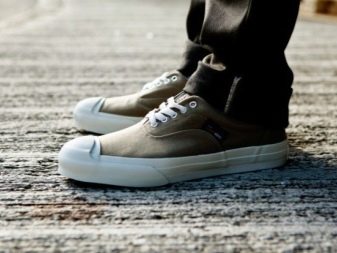
Plus 500-140-T 440 - less dense and heavy material compared to standard.
All other claimed properties are similar to the original source.
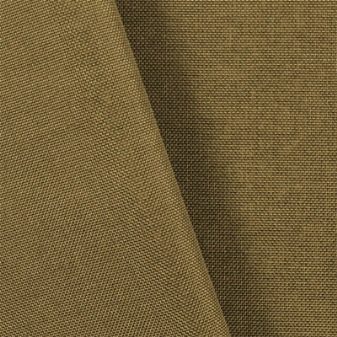
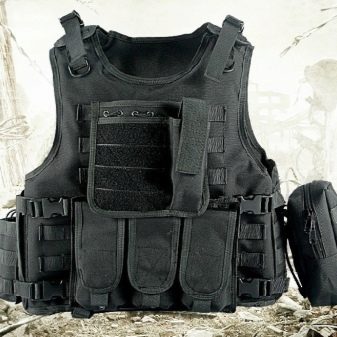
Plus 330-122-T 440 - a view with a lower density for active use as a base for composite fabrics.
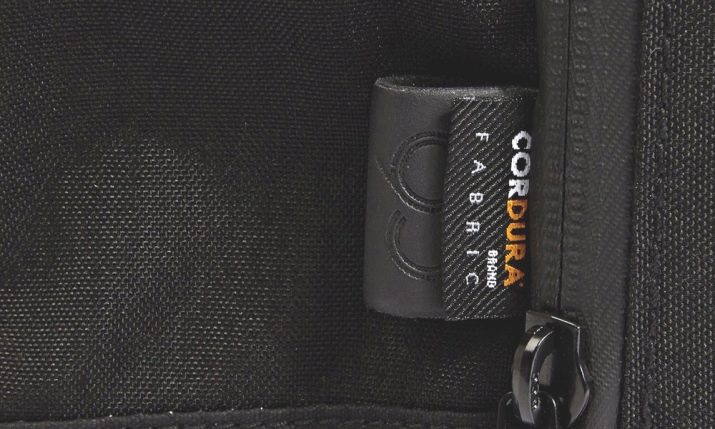
Plus natural - created on the basis of the base material with the addition of a large amount of cotton fiber. Surpasses durability x / fabric.
Tactilely nicer than a tough original, but inferior in many quality characteristics.
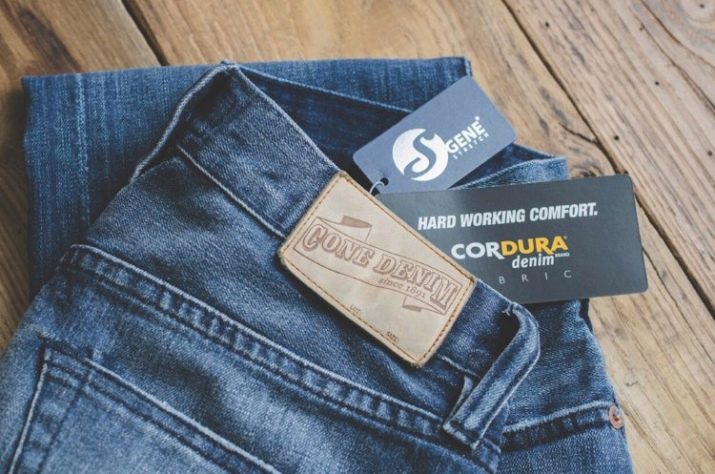
Plus ColorLock - Demonstrates resistance to UF radiation and high staining resistance.
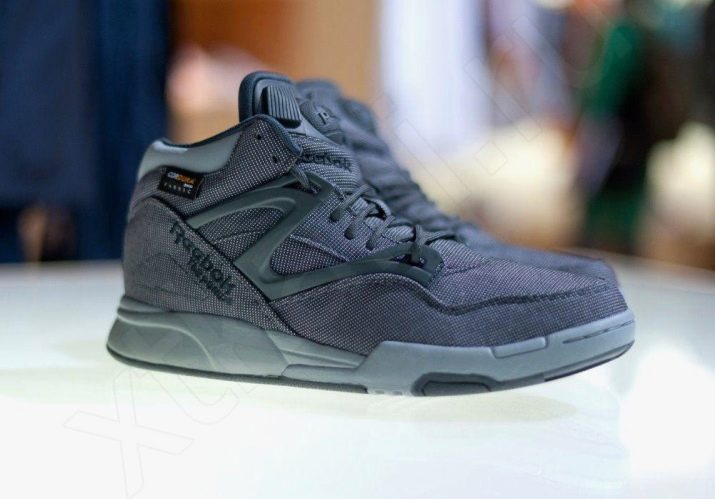
Plus / Lycra - modification endowed with elastic properties, capable of stretching.
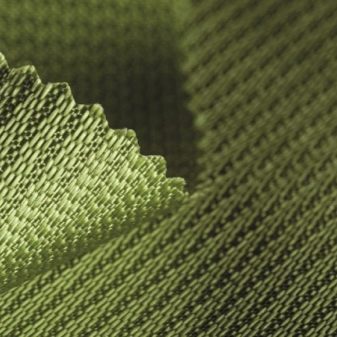
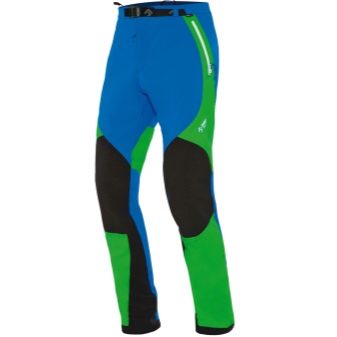
Plus / Taslan - a combination with insulation designed for sewing garments for equipment in windy and cold conditions.
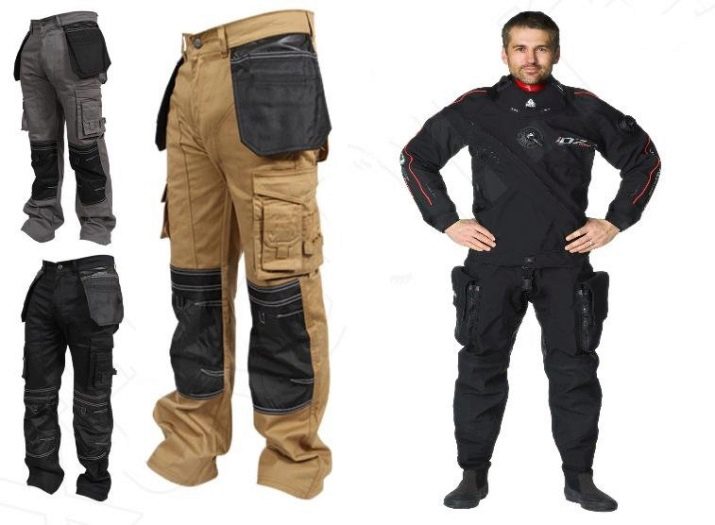
Cordura is produced in the “camouflage” series, represented by the colors “acupat” and “desert storm”, and in plain colors: black, olive, green, gray, blue, blue, yellow, red and coyote.
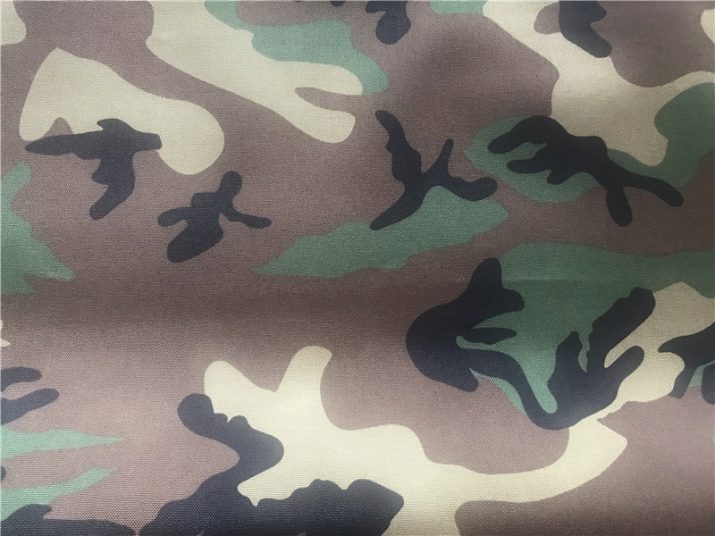
Certified matter has no analogues, but there are fabrics that are as similar as possible in quality and structure.
Kodra - Korean material, claiming to be similar even in name. But codra is significantly inferior to the original in strength.
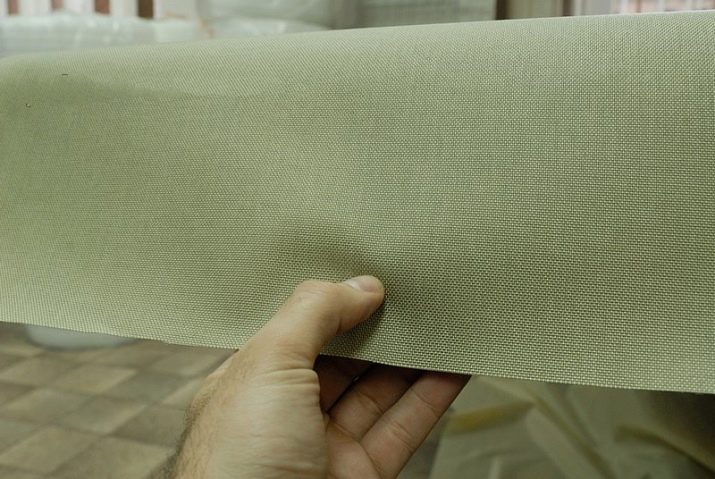
Oxford (represented by: RipStop, 900, 840, 600, 420) - matter from the nylon category, synthetic category. Linen weaving enhances wear resistance. If it is treated with polyurethane impregnation during the production process, it demonstrates in practice excellent water-repellent ability.
Oxford is thinner than natural cordura. The surface is distinguished by the absence of pile, smoothness and shine.
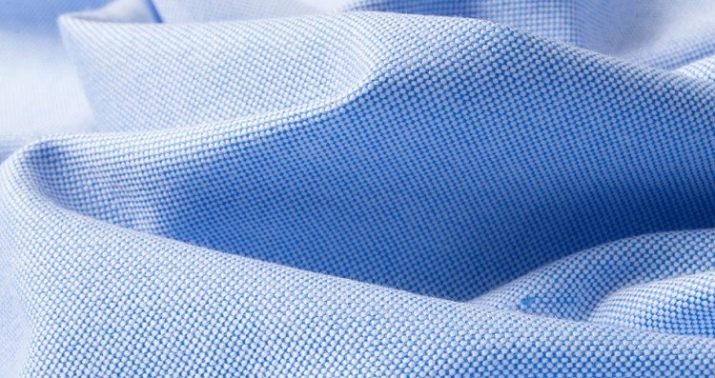
Maxped - The most famous of the analogues of Cordura. It has an original polyurethane coating manufactured by DuPont.

Due to the high cost and sophisticated manufacturing technology, cordura is only available in wholesale. In the application, the buyer must fill out certain points in the questionnaire, indicating his data, the desired color, footage, type of fabric and how many products are planned to be produced from the batch. Such a requirement is dictated by the fact that for each unit of the product stands the company tag Cordura. In its absence, the products cannot be considered original. Knowing this, many clandestine workshops produce fake labels for their non-original products. Therefore, when buying, you need to be extremely vigilant.
The original cordura is determined by the following criteria:
- gloss on the front side and matte roughness of matter from the inside;
- the polyamide coating layer on the surface is almost invisible.
On the fake, the presence of a polyamide layer is clearly visible. Under adverse operating conditions, this film departs.
You can distinguish the original from the fake by comparing the front side and the wrong side.
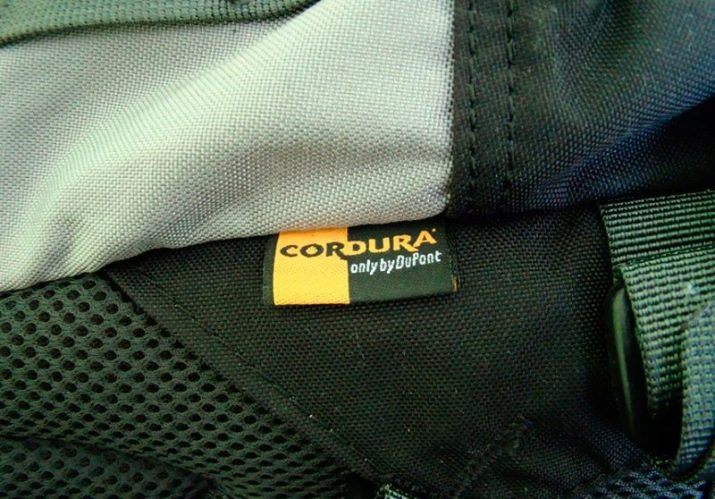
Application
Initially, the material was used exclusively for sewing military ammunition. From cordura, they still sew excellent body armor, wear backpacks, and protective shields. Cordura later became popular as a material for sewing clothes for sports and tourism.
The scope of cordura today is unlimited. The fabric is used for the manufacture of products of any type that need those or other properties with which it is endowed.
clothing
Types that are more subtle and softer in structure are suitable for sewing.
Mainly:
- tourist and army ammunition;
- parts of work clothing requiring reinforcement - knee-high, elbow protection, upper work shoes;
- overalls, suits and jackets for a long stay in variable weather conditions, precipitation, mud and wind;
- most often the color has a camouflage pattern, but can be one-colored in any color.

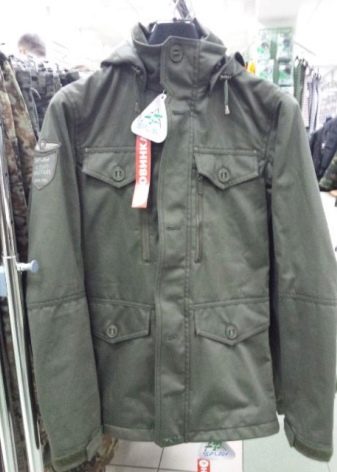
Equipment
Durable and durable material is very suitable for the production of wear-resistant bags, belts, tool bags, sports and camping backpacks, covers, tents for various purposes.
Cordura is ideal in environments where high strength and identical wear resistance are important. But for hunting and for long hikes, especially to the mountains, it is better to choose more lightweight equipment.
Cordura is noisy in motion and significantly heavy for prolonged wear.
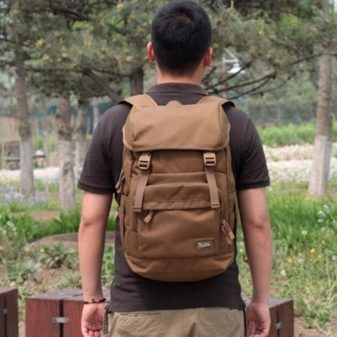
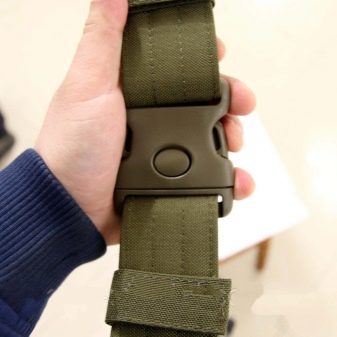
Furniture
The original American fabric has the most suitable properties for sewing such furniture parts or tents as the bottom. Parts in contact with the ground require increased strength and endurance. They also make some details for folding chairs and stools from strong synthetics, which they take with them on hikes, camping and on picnics.

Care
As heavily soiled, cordura clothing is wiped off in areas of dirt accumulation and washed in an automatic washing machine. Drying such products takes quite a long time, while it is not allowed to dry in direct sunlight.
Matter usually does not need ironing, but if necessary, the fabric is able to withstand iron processing at t up to 200 degrees. It is necessary to iron exclusively from the front side.
Since products from certified synthetics do not actually crease, they can be stored folded in an arbitrary order.
Given the fact that the dense fabric is quite voluminous even in compact addition, for it you need to find a place in the wardrobe.

Cordura travel bags are in great demand and have served for more than a decade. Care is not required. Is that periodic cleaning from dusting with a clean damp cloth. For all its quality factor, the material is very unpretentious and durable.
If you purchase things from such synthetics, they will definitely come in handy on the farm and will please you with their strength more than once. Especially when hiking long distances. Wet cordura tents are best dried flattened. Stretched, dense fabric dries faster in the open. Wet items should not be stored for storage due to the high likelihood of mold.
Shoes that have inserts made of Cordura fabric or fully sewn from durable synthetics can be machine washed. Drying is done as standard for shoes with a cloth top: tightly stuff soft paper (newspaper, packing cuts) inside. It is impossible to dry in the sun in the same way as near heating appliances.
Cordura products are worth the money that you have to pay for them. They are not comparable with analogues in terms of their resistance to wear. Such canopies are more reliable, tents are warmer, bags are more convenient, backpacks are more ergonomic. These characteristics are enough not to acquire more affordable and less wear analogues.
Compare Cordura with the “Oxford”, see the next video.
